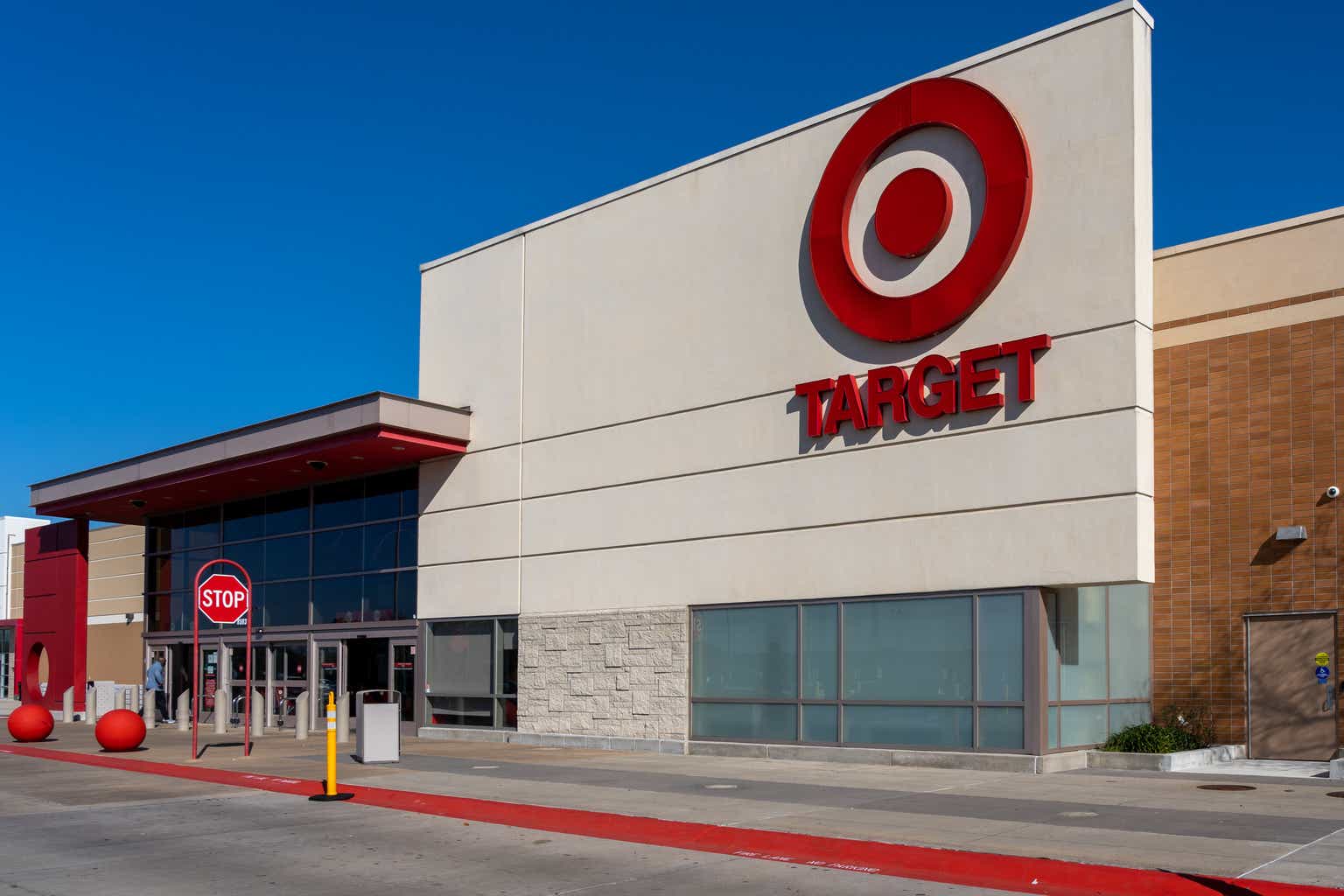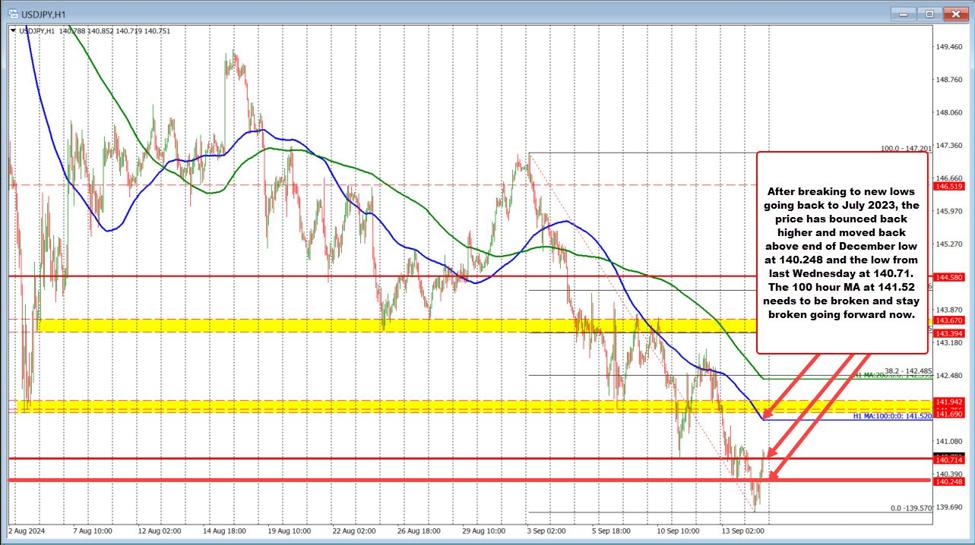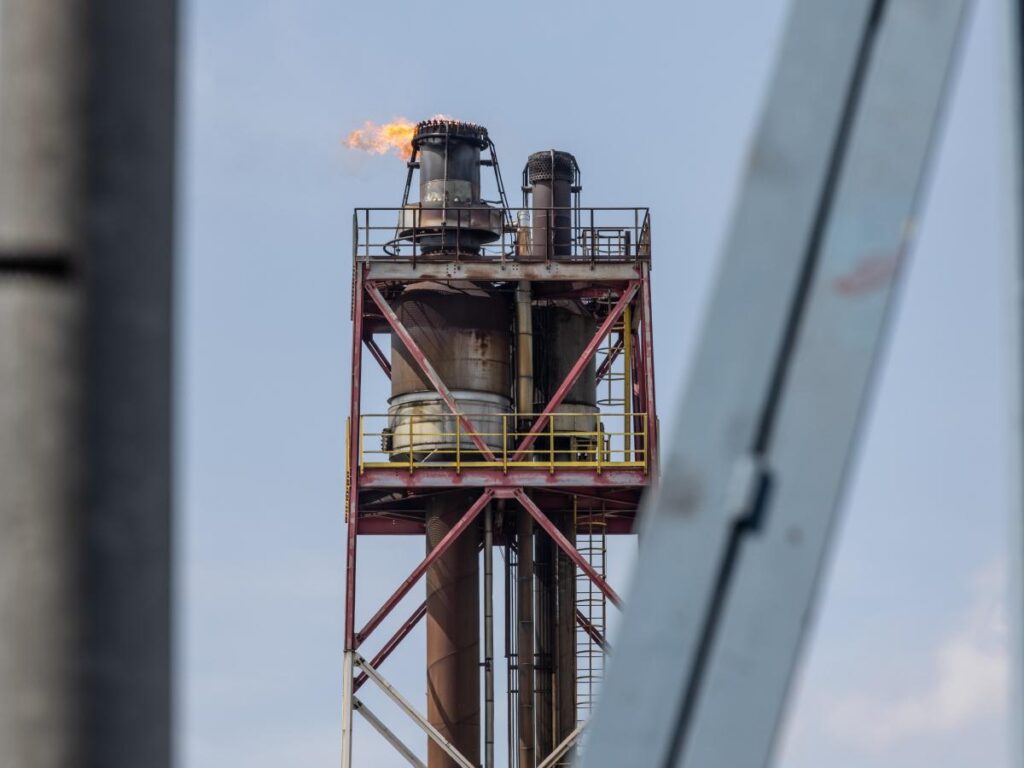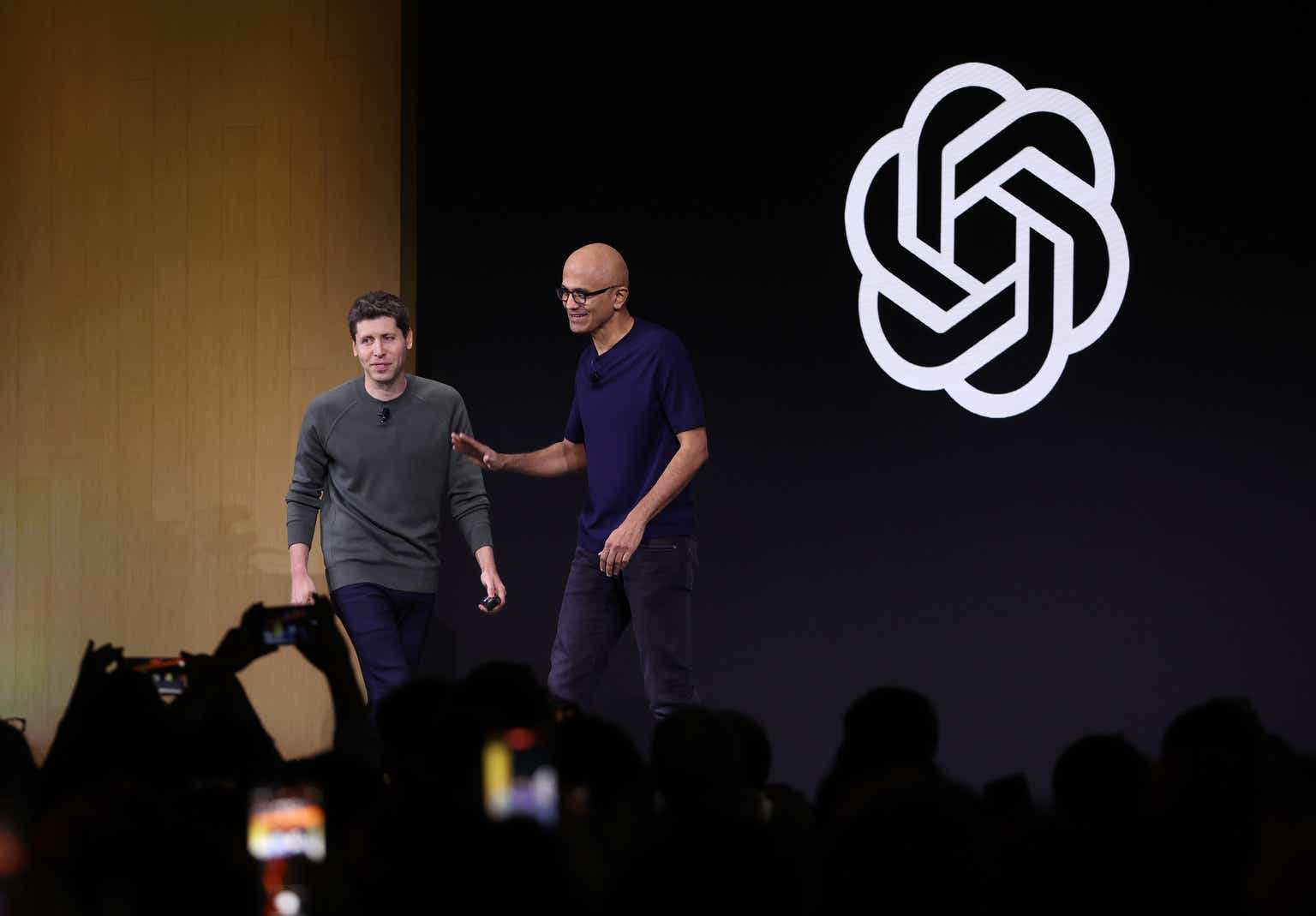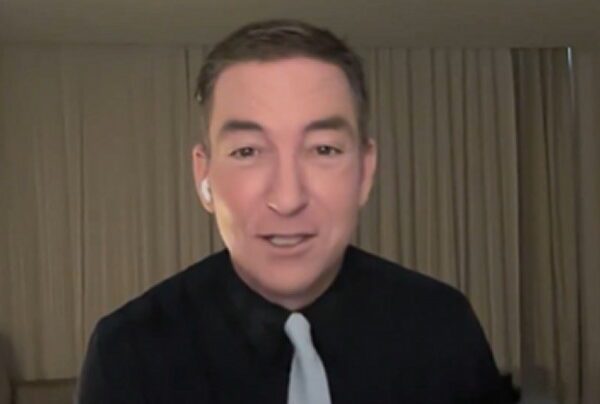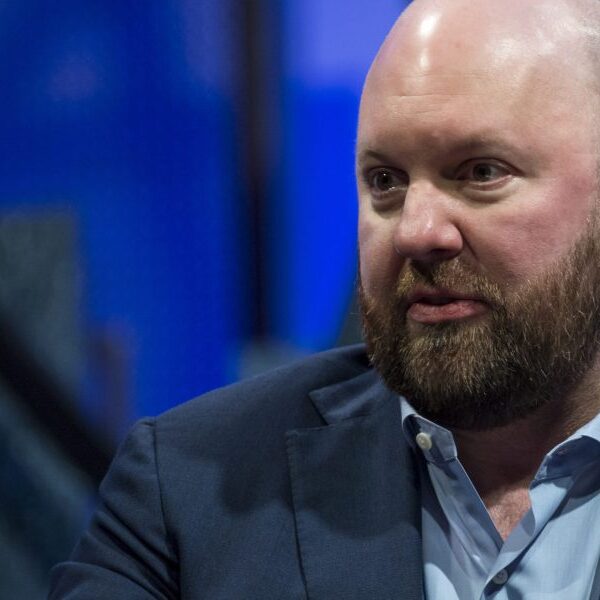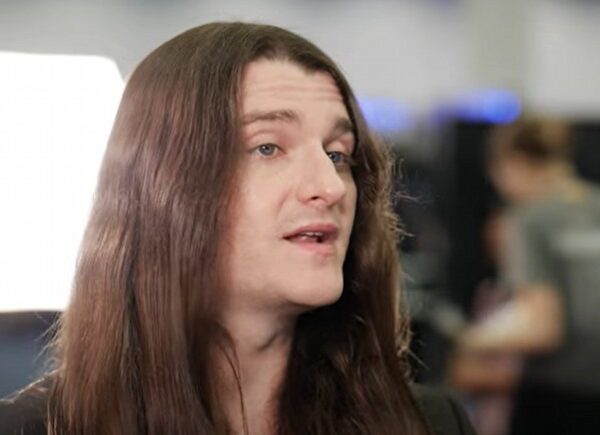JHVEPhoto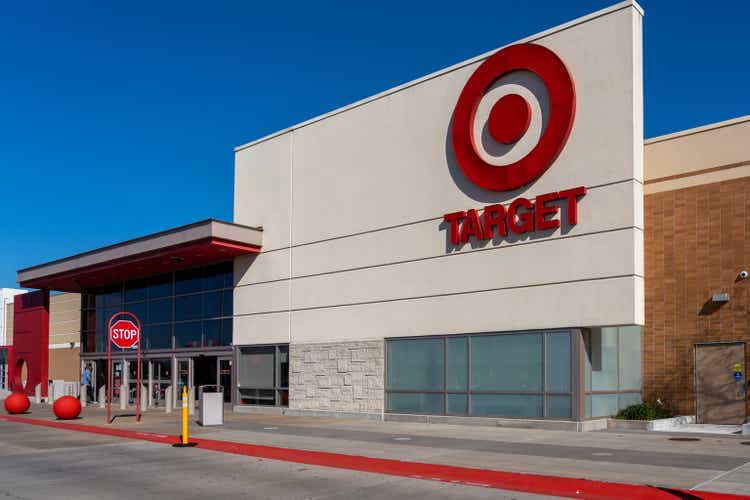
Listen here or on the go via Apple Podcasts and Spotify
Target plans early October deals as the Holiday season keeps starting earlier. (0:16) Apple iPhone 16 Pro demand looks weak. (3:06) Anheuser-Busch looks to make Michelob Ultra the top beer brand. (4:38)
The following is an abridged transcript:
It’s beginning to look a lot like Christmas. Target (NYSE:TGT) says it will hire about 100,00 additional seasonal team members as it is already preparing for the holiday shopping rush.
As part of its holiday plan, Target set its Target Circle Week event for October 6-12. Target’s popular Deal of the Day program is also back, with new one-day-only deals available each day of Target Circle Week. It will also return November 1 through the rest of the season for Target Circle members.
In recent years, retailers have been pushing forward their holiday shopping deals well in advance of the traditional Black Friday and Cyber Monday deals just after the Thanksgiving Day holiday.
Deloitte issued an early holiday sales forecast that could create some ripples of worry in the retail sector. The firm thinks that holiday sales will be up between 2.3% and 3.3% compared with last year. This would take the total to $1.58 trillion to $1.59 trillion during the November-to-January time period. In 2023, holiday sales grew by 4.3% in the same period.
Deloitte economist Akrur Barua says:”Although the pace of increase in holiday sales will be slower than last year, we expect that healthy growth in disposable personal income, combined with a steady labor market, will support a solid holiday sales season.”
On the economic front, there was a surprise jump in New York area manufacturing for September. The Empire State Manufacturing index came in at 11.50 vs. -4.10 consensus and -4.7 prior.
That’s the highest level since April 2022.
But Pantheon Macro warned “that the headline index and most of its components also jumped in September 2021, 2022, and 2023, only then to fall back in October. This suggests that the seasonality adjustment currently is doing a poor job.”
Not surprisingly, the numbers had little sway on the markets with the Fed decision just two days away. Expectations for a bigger rate cut continue to ramp up.
Fed funds futures now price in a 60% chance the FOMC will cut by 50 bps. As early as Thursday, the odds were 85% in favor of 25.
Deutsche Bank says their analysis, including from their own AI tool, “suggests recent media hints towards a 0.50% cut are weaker compared to the lead-up to June 2022’s famous 0.75% hike.”
“Nevertheless, current market pricing suggests a cut closer to 0.40%.”
That means the difference between the Fed move and expectations—or the realized surprise—will be sizable: +15 basis points if they cut by 25 and -10 basis points if they cut by 50.
Matt Raskin, U.S. head of Rates Research at Deutsche Bank, says the surprise component of the Fed’s rate move two days out is now the largest in over 15 years, and we’ll either see further press-led communications that steer the market back to 25 bps today or that ultimately the Fed will deliver 50 bps on Wednesday.
Among active stocks, Apple (AAPL) saw some selling as a widely-watched analyst estimated that the first weekend pre-order shipments for the iPhone 16 line were roughly 37 million units, amid “lower-than-expected” demand for the iPhone 16 Pro.
TF International Securities analyst Ming-Chi Kuo said “iPhone 16 series first-weekend pre-order sales are estimated… down about 12.7% YoY from last year’s iPhone 15 series first-weekend sales.”
“One of the key factors for the lower-than-expected demand for the iPhone 16 Pro series is that the major selling point, Apple Intelligence, is not available at launch alongside the iPhone 16 release,” Kuo added.
Applied Materials (AMAT), Lam Research (LRCX), and KLA (KLAC) are in focus after Citi cut estimates for wafer fab equipment spending amid weaker-than-expected consumer demand.
Analyst Atif Malik sadi: “While server AI demand remains strong, consumer demand across PCs, smartphones, and auto appears lackluster.”
And Unity Software (U) got some bullish comments from Wedbush after the video game development company ended its controversial runtime fee.
Analyst Michael Patcher boosted his price target to $27 from $21, keeping an Outperform rating, saying: “Create revenue has declined considerably YoY with the first half figure coming in 17% lower than last year. We currently have Create at $614 million for the year, with management expecting a stabilization of the business over the next two quarters, but at this point it is difficult to model stability following two consecutive quarters of large sequential declines.”
In other news of note, after 40 years, does the night belong to Michelob again?
Anheuser-Busch InBev (BUD) has a plan to continue to add to recent market share gains in North America.
Evercore ISI said the brewer is now in a solid position in the U.S. after the Bud Light controversy pushed the beer giant to reinforce the strong brand equity of Busch Light and Michelob Ultra.
Analyst Robert Ottenstein says that had provided Bud with a stronger and a better defined light beer portfolio, with three strong brands featuring distinctive brand equities.
“Accordingly, one could argue that BUD’s North American business is now better positioned to hold or gain share than prior to the debacle.”
Recent Nielsen data has indicated that Anheuser-Busch InBev continues to claw back market share from Molson Coors (TAP). BUD’s strategy has been to boost advertising spending on Mega Brands.
The company is also investing more on live sports than a year ago and 80% more than 2022. A long-term goal is to cash in on the recent momentum of Michelob Ultra to make it the top brand in beer. That plan includes closing gaps between Michelob Ultra’s low- and high-share markets and also drive “frequency” and “expansion” among Hispanic consumers and young legal drinking age consumers (knows as LDAs). BUD management thinks Michelob Ulta will be at a “minimum” 10% share by 2026 when the World Cup returns and the brand is expected to own soccer.
And in the Wall Street Research Corner, as you heard on Wall Street Breakfast, the Goldman Sachs equity team is highlighting a repricing in economic growth expectations that has put pressure on stocks.
Strategist David Kostin says that historically, the repricing of economic growth recently would have “implied a 7% decline for the S&P 500 and 6% decline in the equal-weight S&P 5090 since mid-July, holding all else equal.”
With this repricing and the new rate landscape, Kostin’s team rebalanced the firm’s sector-neutral Long and Short Duration baskets.
“Even the most rate-sensitive pockets of the US equity market are tethered to the trajectory of economic growth,” he said. “Our Long Duration basket and the Non-Profitable Tech basket have been less economically-sensitive than the broad S&P 500, but in recent years even those baskets have been slightly more sensitive to changes in economic growth expectations than to changes in real yields.”
“As a result, despite the decline in bond yields, both strategies have traded sideways during the past few months as economic growth expectations have diminished.”
Stocks added to the long duration basket include DoorDash (DASH), e.l.f. Beauty (ELF), Monster Beverage (MNST), GE Aerospace (GE), Palantir Technologies (PLTR), Service Now (NOW), Fortinet (FTNT), Sherwin Williams (SHW) and Roku (ROKU).
Among those added to the short duration basket are Kohl’s (KSS), Molson Coors (TAP), Kraft Heinz (KHC), Jazz Pharmaceuticals (JAZZ), CVS Health (CVS), U.S. Steel (X), AT&T (T) and Warner Bros. Discovery (WBD).

